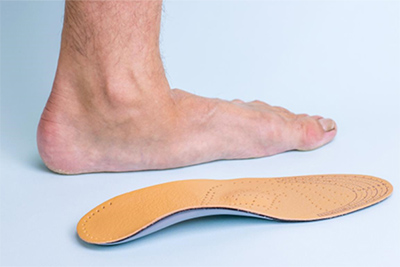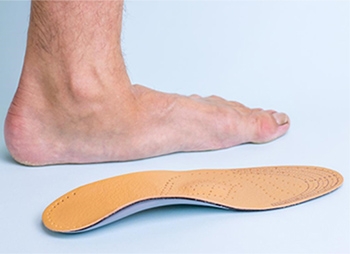
Flat feet and fallen arches are conditions that can lead to discomfort, fatigue, and limitations in daily activities. Although custom orthotics often provide meaningful support, some patients continue to experience symptoms even with consistent use. Let’s explore definitive solutions that may help restore comfort, improve mobility, and address the root of the problem.
Why Surgery May Become Necessary for Flat Feet
Most flat feet can be managed with non-surgical treatments such as orthotics, physical therapy, and supportive footwear. However, when flat feet progress to painful deformities or cause tendon dysfunction, surgery might be the best option. Surgery aims to restore the foot’s arch, correct deformities, and improve stability, thereby reducing pain and improving function.
Soft Tissue Reconstruction: Restoring Tendons and Ligaments
Soft tissue surgery is often used to repair or reinforce the tendons and ligaments that support the foot’s arch, particularly the posterior tibialis tendon, which is crucial for maintaining arch height. Procedures may include tendon transfers, ligament repairs, and lengthening. These surgeries help rebuild the support system and realign the foot, often combined with bone cuts (osteotomies) to improve foot alignment.
Fusion Surgery: Stabilizing the Foot by Joining Joints
In cases where flat feet are accompanied by arthritis or rigid deformities, fusion surgery may be recommended. This involves permanently joining certain foot bones with plates and screws, creating a solid and stable structure. Midfoot fusion, a common fusion procedure, targets the talus, calcaneus, and navicular bones to realign and stabilize the arch. While fusion sacrifices some foot flexibility, it effectively relieves pain and corrects severe deformities.
Osteotomies: Precise Bone Realignment
Osteotomies are surgical cuts made in foot bones to shift or lengthen them, allowing the surgeon to reposition the foot for better arch support. Procedures such as medializing calcaneal osteotomy or lateral column lengthening adjust the heel or foot bones to improve alignment. Osteotomies are often combined with soft tissue repairs and can be tailored to each patient’s unique anatomy.
Recovery and Long-Term Outlook
Flat foot surgery typically requires immobilization in a cast or boot and restricted weight-bearing for 6 to 12 weeks. Physical therapy then follows to restore mobility, strength, and function. While recovery can be lengthy, many patients experience significant pain relief and functional improvement. Surgical correction can offer durable benefits when orthotics and conservative measures fail.
If custom orthotics no longer control your symptoms, schedule an appointment with Dr. Ho for an evaluation of your specific condition and a recommendation best suited to restore your foot’s natural arch and alleviate pain. Surgery isn’t the first step, but it may provide the lasting solution you need.
AUTHOR: Bryant S. Ho, MD is board-certified in orthopedic surgery and is trained in the operative and non-operative management of adolescent and adult foot and ankle disorders. Dr. Ho places a strong emphasis on customizing his care for each patient to ensure successful outcomes. He provides all treatment options, including preventative care, conservative management, and operative intervention.



